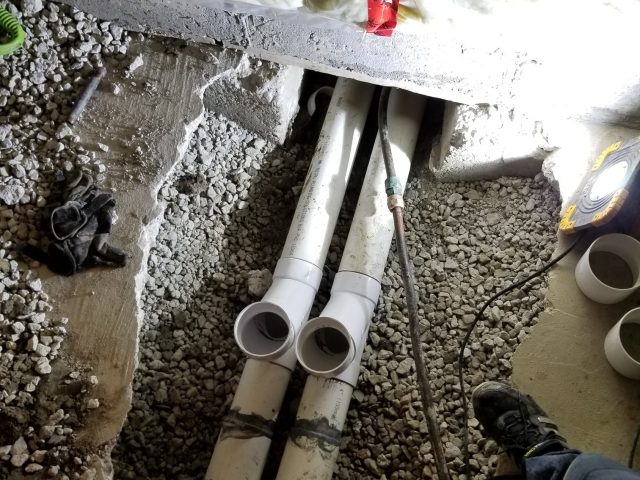Visa Retrogression
The UNITED STATE federal government makes just a specific variety of immigrant visas (permits) available every year as well as these are assigned among the numerous immigrant visa classifications as well as countries where candidates look for to arrive. For the past couple of years, the number of immigrants authorized for employment-based immigrant visas has been lower than the variety of visas available, causing no backlog in visa numbers. Lately, the DOS has seen much more immigrants accepted for employment-based immigrant visas and also has run out of visa numbers in certain groups, creating a momentary stockpile or “retrogression” of visa numbers.
When globally demand for employment based visas surpasses around the world availability, immigrant visa numbers are more assigned amongst the different countries from which applicants look for to emigrate. Each country has a restriction and each accepted applicant is “charged” versus his or her country’s restriction. Many nations have less applicants than available visa numbers. Nevertheless, particular high-immigration countries frequently fulfill or surpass their chargeability limitation. These nations include China, India, Mexico, as well as the Philippines.
Please note that for chargeability objectives, a person’s country of birth controls. An individual can not claim nation of citizenship for retrogression functions. For example if applicant A is birthed in India, yet has Canadian citizenship, applicant A will certainly be not able to adjust condition (based upon EB1 or EB2) till visa numbers for India end up being existing.
On top of that, please note that a partner can handle their partner’s country of birth for retrogression purposes. For instance, applicant A is a nationwide of Bangladesh as well as applicant A’s spouse is a nationwide of India. Candidate A’s spouse WILL CERTAINLY be able to readjust standing despite the fact that she or he was birthed in India since he or she can handle applicant A’s nation of birth for retrogression purposes.

Immigrant visa numbers are provided according to a “very first come, initially serve” plan. The date a candidate initially begins the permit procedure (typically a Labor Certification Application submitted with the UNITED STATE Department of Labor or an I-140 or I-130 Request filed with the UNITED STATE Citizenship and Immigration Providers) ends up being that individual’s top priority date, which will certainly identify the order in which that individual will certainly obtain a visa number and also thus be additional processed for an immigrant visa or gotten used to immigrant status.
When a retrogression happens in visa numbers, candidates will need to “wait in line” until their top priority day becomes existing before they can be changed or obtain an immigrant visa.
A visa number retrogression indicates that EB1, EB2 or EB3 candidates from certain high-immigration countries will certainly not have the ability to get an immigrant visa (by filing an I-485 or via Consular handling) till a visa number becomes available for their priority date.
Supply as well as Demand for Visas
Visa number schedule is figured out by using an easy formula of supply as well as need.
Each fiscal year (October 1-September 30), DOS examines the demand for the above referenced categories as well as per-country limits. If DOS finds that the need for any of the above classifications is too high which they do not have enough supply, they pull back the ‘concern dates’ of the visas in order to ride the wave of need and also make sure that supply is not surpassed.
By drawing back the concern dates, DOS has the ability to regulate the flow of these visas. If the demand for a certain choice classification is too expensive, the visa will certainly retrogress and also will certainly not appear till the top priority date for that classification has been reached. Read more information on ESTA USA in this link.
For example, according to the immigrant visa publication that was simply launched for February 2008, the visa numbers for nationals of India in the EB2 category have become completely unavailable. This indicates that an individual who filed an I-140 immigrant visa petition in the category of EB2 group, after can not submit a modification of status (or consular procedure) till their priority day becomes current.
It is important to note nevertheless, that these concern dates are subject to transform during the. It is entirely feasible that visa numbers in the EB2 category for Indian nationals can unexpectedly come to be existing a few months from now or that the top priority day could be reestablished. The reason for this is that the DOS is making an evaluation based on what they think will be the demand for these kinds of visas. It is their means of ‘testing the waters’ of need. If a month from now, DOS evaluates the need for these visas and finds that it is not what they thought it would certainly be, they will develop a top priority date.
Consequently, if the need is as high as initial believed, they will certainly keep the classification ‘unavailable’. Right now, DOS is taking a very conservative technique to fulfill the their understanding of need and also they will reassess their setting on a monthly basis as the year moves forward. This is just a regulatory mechanism where by DOS can regulate the number of visas released in any kind of provided year to ensure that the demand does not surpass the supply.




